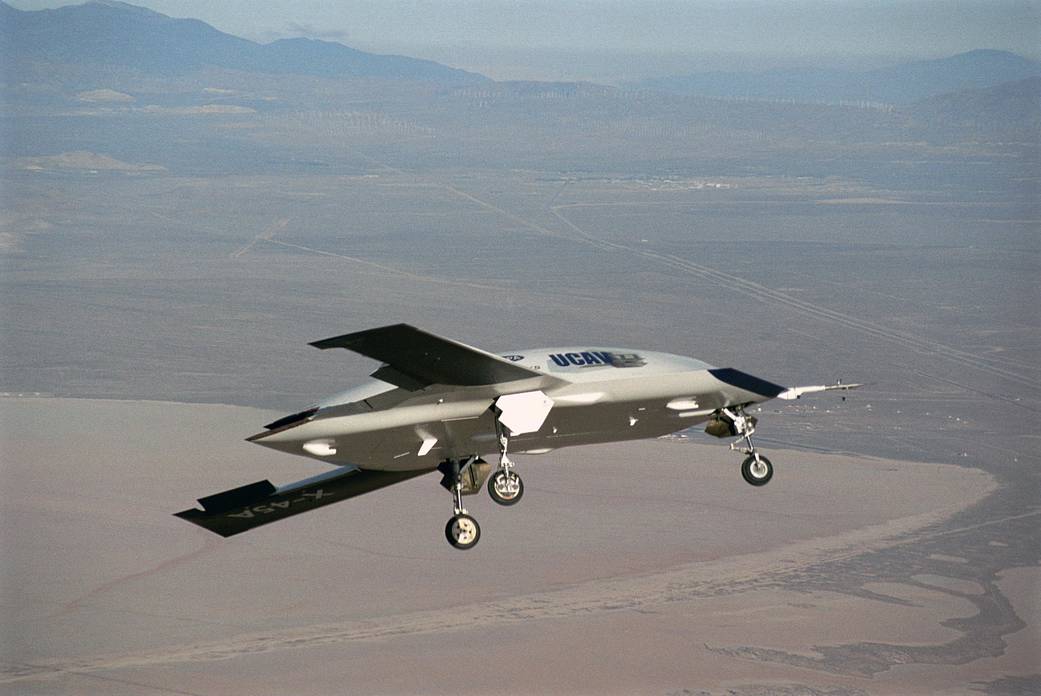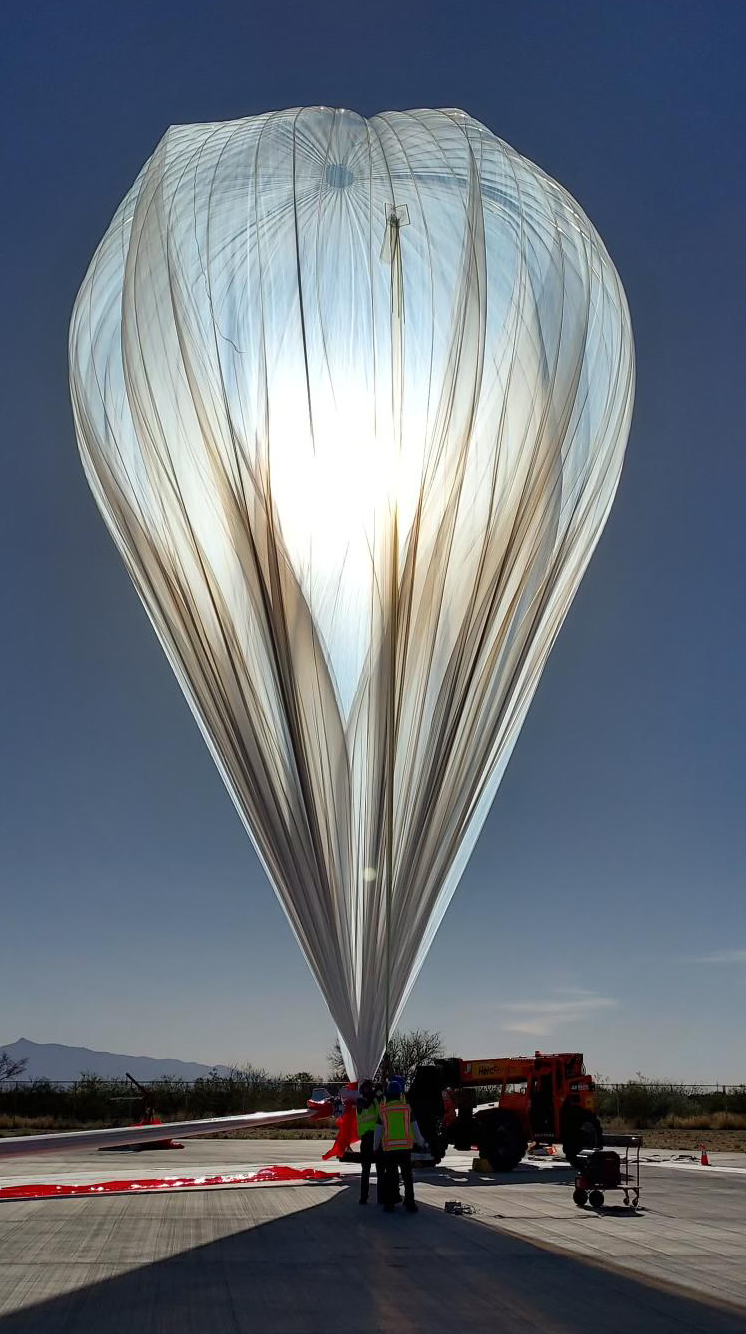The Joint Unmanned Combat Air Systems (J-UCAS) program was a joint DARPA/Air Force/Navy effort to demonstrate the technical feasibility, utility, and value for a networked system of high performance, unmanned air vehicles to effectively and affordably prosecute 21st century combat missions, including suppression of enemy air defenses, surveillance, and precision strike within the emerging global command and control architecture. One of the aircraft systems evaluated was the Boeing X-45A, for which NASA’s Dryden (now Armstrong) Flight Research Center in Edwards, California, provided technical expertise and support facilities.
The X-45A was the first of two UCAV demonstration versions to be used in advance of fielding operational systems.
Project Goals

The project’s goal was to demonstrate that a highly autonomous aircraft could suppress enemy air defenses or serve in a strike role. Dryden’s participation in the UCAV System Demonstration Program was to support the DARPA/Boeing team in the design, development, integration, and demonstration of the critical technologies, processes, and system attributes, leading to a UCAV Operational System. Initially, Dryden supported the program through the various stages of flight development, including autonomous flight of two aircraft on separate flight paths that later joined for formation flight.
Research and Demonstration Support
Dryden performed several roles in the research and demonstration aspects of the X-45A UCAV program. Dryden designed the ground control and collision avoidance system that enabled the aircraft to autonomously taxi from the hangar to the active runway and back. Center engineers, relying heavily on simulation models, also designed the ground control laws for all weight-on-wheel-conditions in taxi, takeoff, and landing.
Another area of Dryden support was the design of a system to suspend the airframe for more accurate ground vibration testing. The elaborate test fixture can suspend aircraft of up to 14,000 pounds, enabling Dryden engineers to conduct the ground vibration tests (GVT) necessary to measure an aircraft’s structural modes to update analytical modeling and calculate the vehicle’s flutter margins.
Dryden also supported the X-45 program with a Boeing-owned Lockheed T-33 that operated as a surrogate for the X-45A. Before the X-45A flew its first mission, the T-33 carried the UCAV’s management system computers in flight, including the GPS and other components necessary to fly the mission. The team could thus identify issues early in the flight research phase, and do so without risking the experimental vehicle itself. Moreover, this arrangement allowed each UCAV mission to be rehearsed with the T-33 (on autopilot but with a pilot in the aircraft) to validate the mission plans and train team members.
Project Milestones
November 2000: X-45A Vehicle 1 arrived at Dryden
May 2001: X-45A Vehicle 2 arrived at Dryden
May 22, 2002: X-45A first flight of 14 minutes to altitude of 7,500 feet at 195 knots airspeed
June 13, 2002: X-45A second flight of 32 minutes to altitude of 7,500 feet at 195 knots airspeed
August 2002: X-45A third flight

































